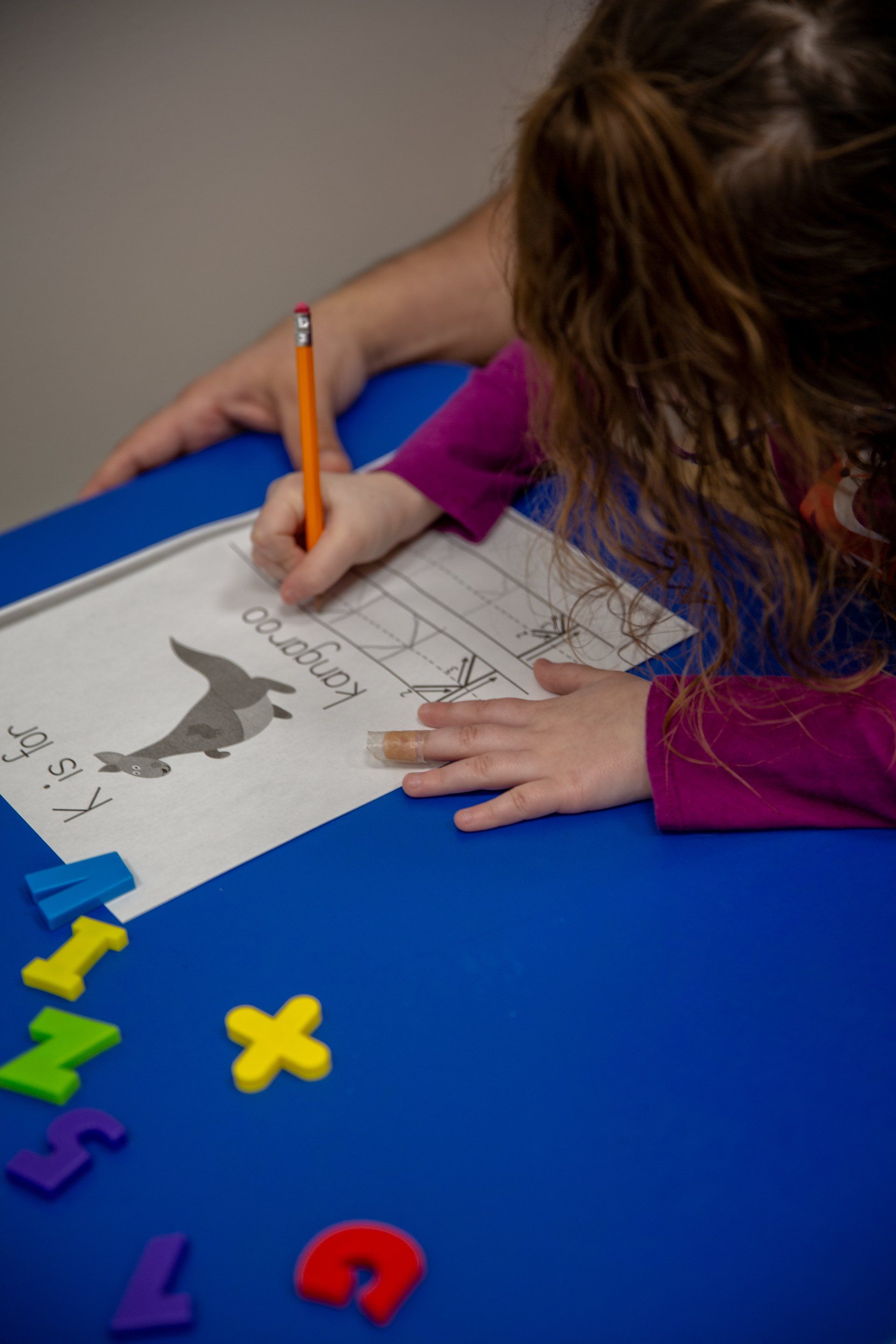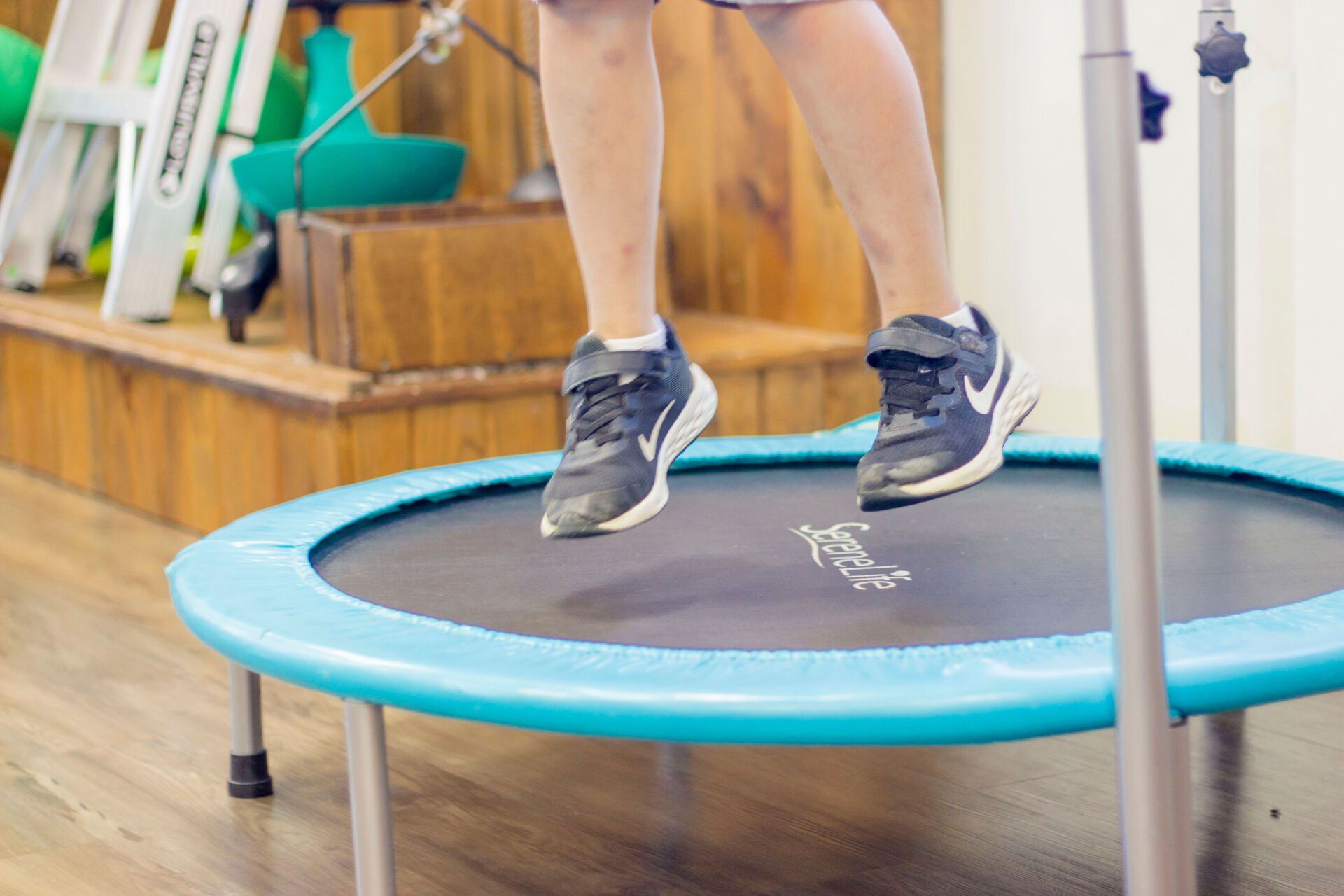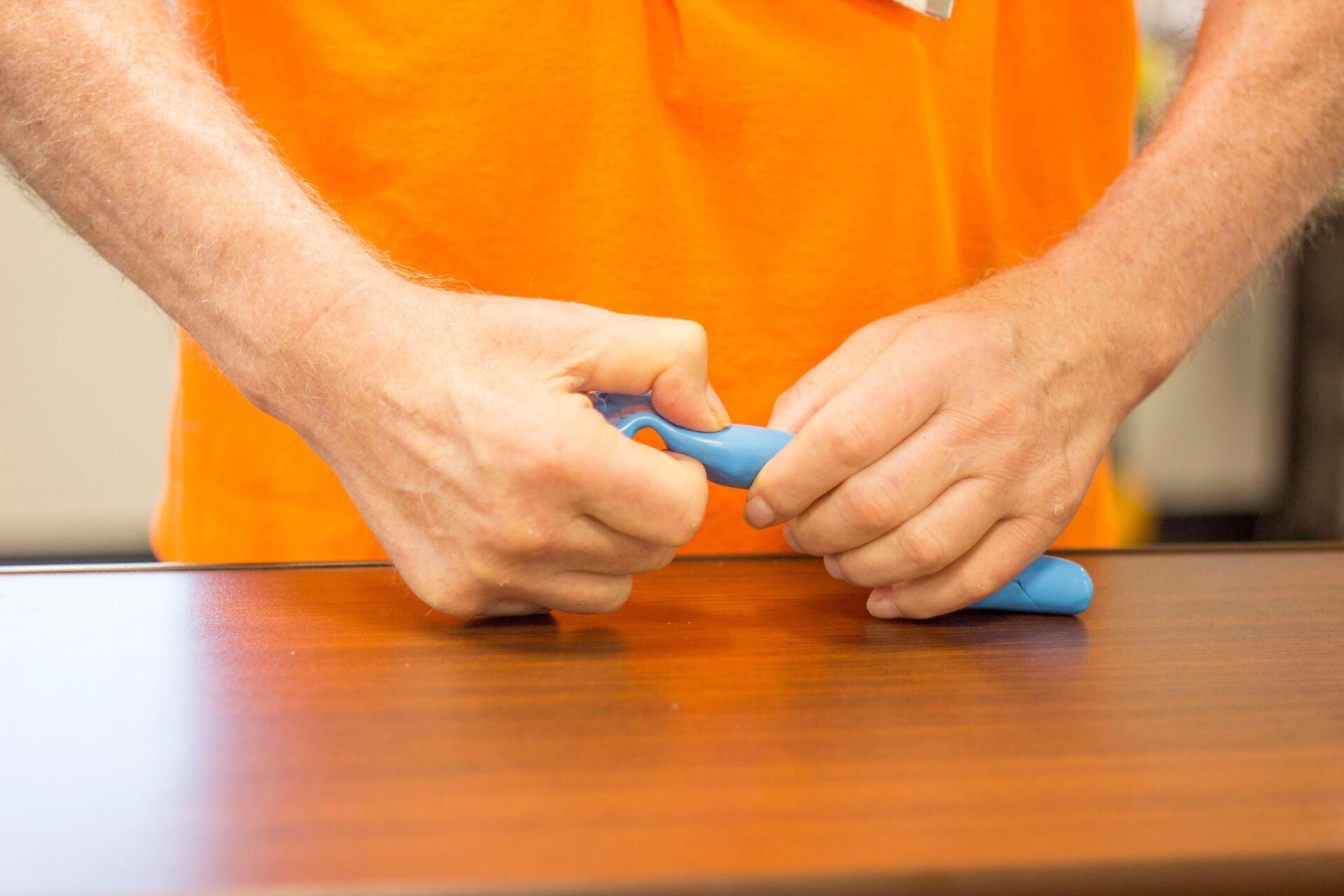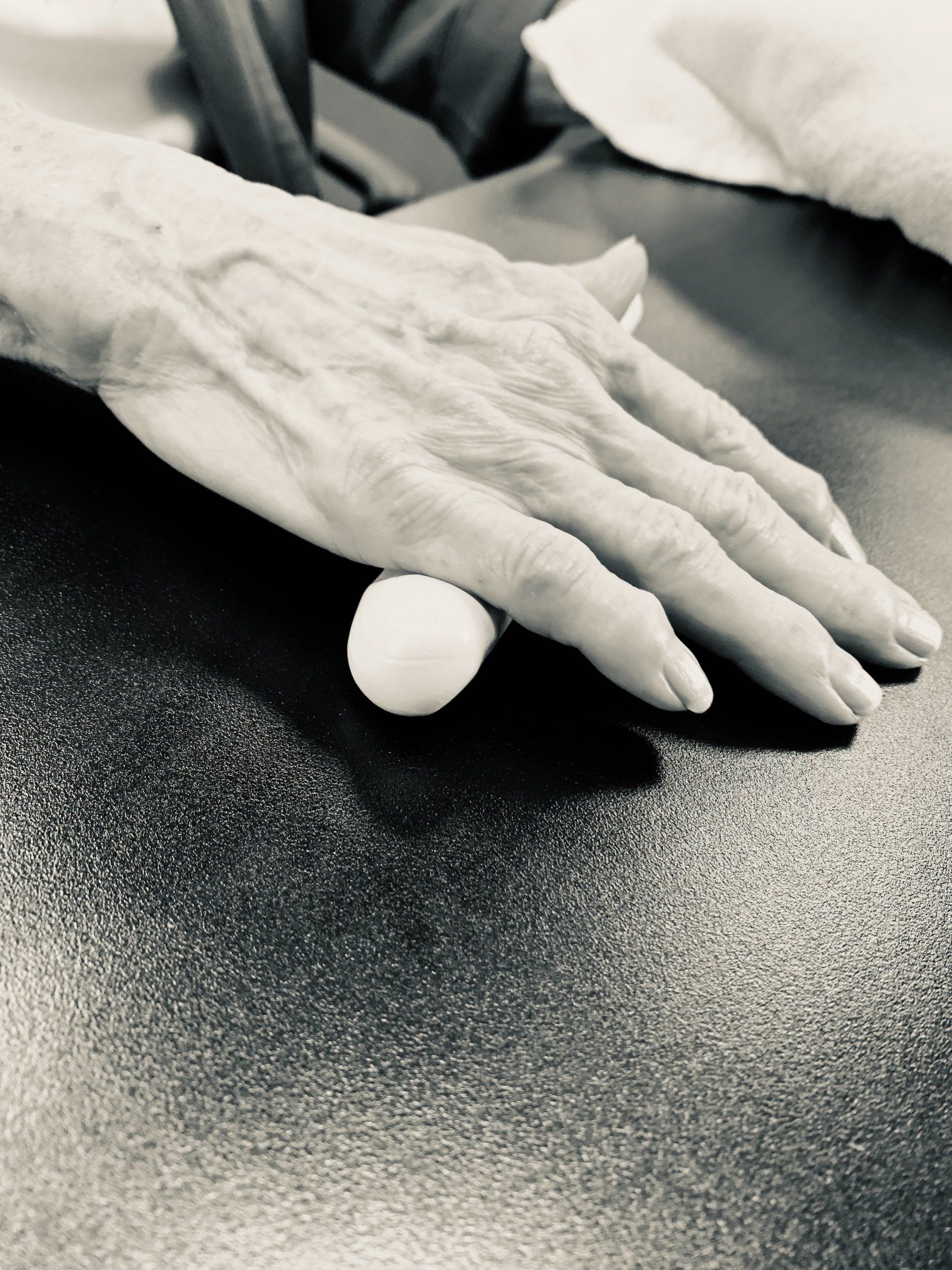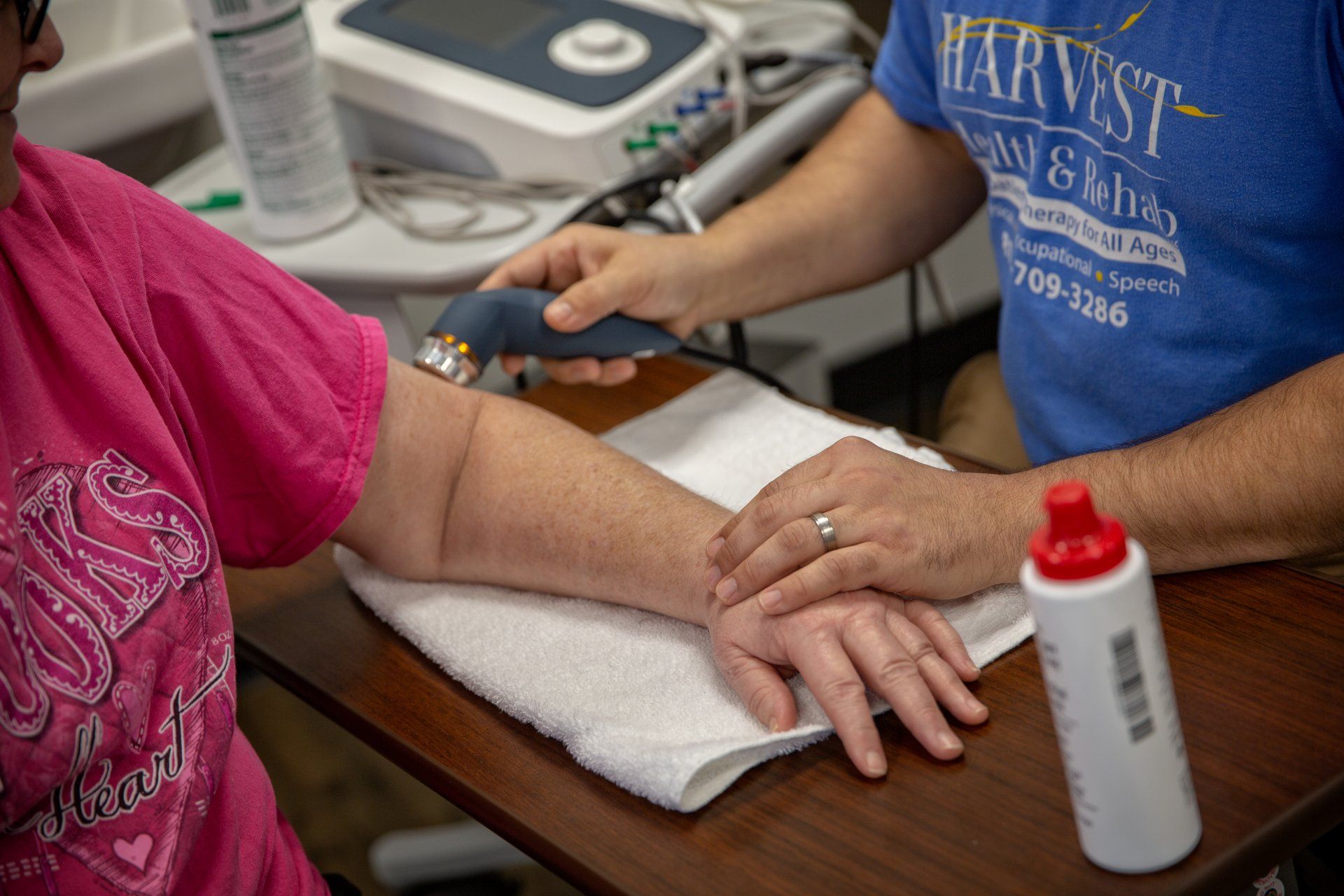Occupational Therapy
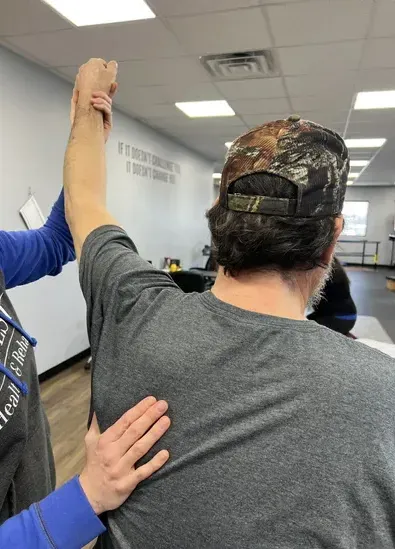
What is Occupational Therapy?
Occupational therapy treatment focuses on helping people with a physical, sensory, or cognitive disability be as independent as possible in all areas of their lives. Occupational therapy can help kids with various needs improve their cognitive, physical, sensory, and motor skills and enhance their self-esteem and sense of accomplishment. Occupational therapists can evaluate kids’ skills for playing, school performance, and daily activities and compare them with what is developmentally appropriate for that age group.
Pediatric and School-based Services:
- help kids develop/improve on fine motor skills so they can grasp and release toys and develop good handwriting skills
- improve hand–eye coordination to improve kids’ play and school skills (hitting a target, batting a ball, copying from a blackboard, etc.)
- help kids with severe developmental delays learn basic tasks (such as bathing, getting dressed, brushing their teeth, and feeding themselves)
- teach kids with physical disabilities the coordination skills needed to feed themselves, use a computer, or increase the speed and legibility of their handwriting
- evaluate a child’s need for specialized equipment, such as wheelchairs, splints, bathing equipment, dressing devices, or communication aids
- work with kids who have sensory and attentional issues to improve focus and social skills
Occupational Therapy for Adults
Occupational therapists assist individuals in achieving greater independence in all areas of life including self-care, home management, and community activities. Occupational therapists assist people in performing these activities with the greatest extent of independence possible
Adult and Geriatric Services:
- Activities of daily living
- Adaptive equipment needs
- Chronic pain
- Community mobility and reintegration
- Hand and upper extremity dysfunction
- Neurological impairments
- Return-to-work / proper body mechanics
- Sensory processing-visual perceptual treatment
How Physical Therapy and Occupational Therapy Differ
Although both physical and occupational therapy help improve individuals’ quality of life, there are differences. Physical therapy deals with pain, strength, joint range of motion, endurance, and gross motor functioning, whereas occupational therapy deals more with fine motor skills, visual-perceptual skills, cognitive skills, and sensory-processing deficits.

